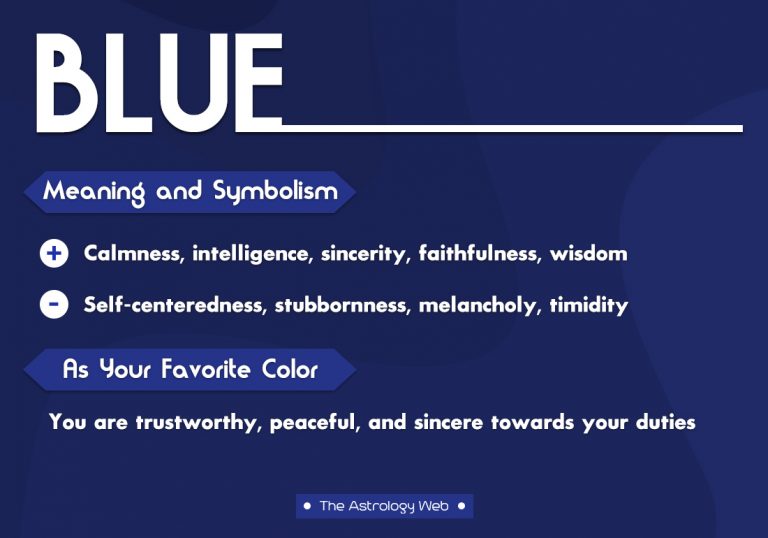

The way we respond to color depends on its brightness, shade or tint, and whether it’s cool or warm-toned. So, let’s look at how different groups of colors make us feel, then see how individual colors can be used to evoke specific emotions. And the wrong colors could send the wrong message-like using white to convey freshness in a culture where it represents death. Up to 90% of people base their first impressions of a product on color alone. Design by Active Theory✦ĭesigners and brand owners need to understand the basics of color theory, color symbolism and the psychology of color to communicate effectively to their audience. It often depends on our psychology, biological conditioning and cultural background. “It colors our language-we say we are ‘feeling blue,’ ‘seeing red,’ ‘green with envy’ or ‘in the pink.’”īut how we react to different colors isn’t always black and white (see what we did there?).

“Color is closely associated with emotions,” London College of Fashion lecturer Maria Costantino told Harper’s Bazaar. There’s even a term, “ dopamine dressing,” to describe the mood-boosting benefits of wearing certain colors. Maybe you dyed your hair black as a teenager to evoke gloomy, existential angst and inner turmoil (or to anger your parents). Or painted a room pale blue to feel calm. You might have worn red to intimidate your enemies ( it works for athletes). The interesting thing is that my hypothesis was based on my belief that the bluer the product, the more blue dye was in it, but actually only by a fraction of an ohm were the drinks apart.You probably instinctively know there’s a relationship between colors and emotions. The third test involved one drop of bleach and took 19 minutes, stopping at 0.599 to become colorless. The test with 2 drops of bleach went to 0.600 ohms at 15 minutes to become colorless. The results were that the solution with the most drops of bleach (four) stopped at 0.611 ohms at 17 minutes when it became clear and colorless. The last test I performed was with the bleach. The G2 Gatorade had the least amount of blue dye. They were separated by less than a 100th of an ohm. The following:Tropicana Twister Blue raspberry juice, All Star Berry Gatorade,Fierce Grape Gatorade, were all very close in the amounts of blue dye.

In my test for the unknown amounts of blue dye, I found that Shasta soda had the most amount of blue dye #1. I then did a different test and took the cuvette with half water and half blue dye and placed different amounts of bleach inside each one and tracked the rate at which bleach affected the blue dye. I did one test on my colorimeter to find out how much blue dye was in each cuvette from the diluted series,then to find out how much blue dye was in the various sports drinks, I measured the different sports drinks on the colorimeter. I used the Beer Lambert law and chemical kinetics for my science fair project. Then I determined the amount of dye in the samples with unknown concentrations (sport drinks,juices,and soda)and tracked the rate of color loss in a bleach-treated solution. Then I made a set of standard solutions to convert between the data I have (resistance) and the data I want (Concentration).


 0 kommentar(er)
0 kommentar(er)
